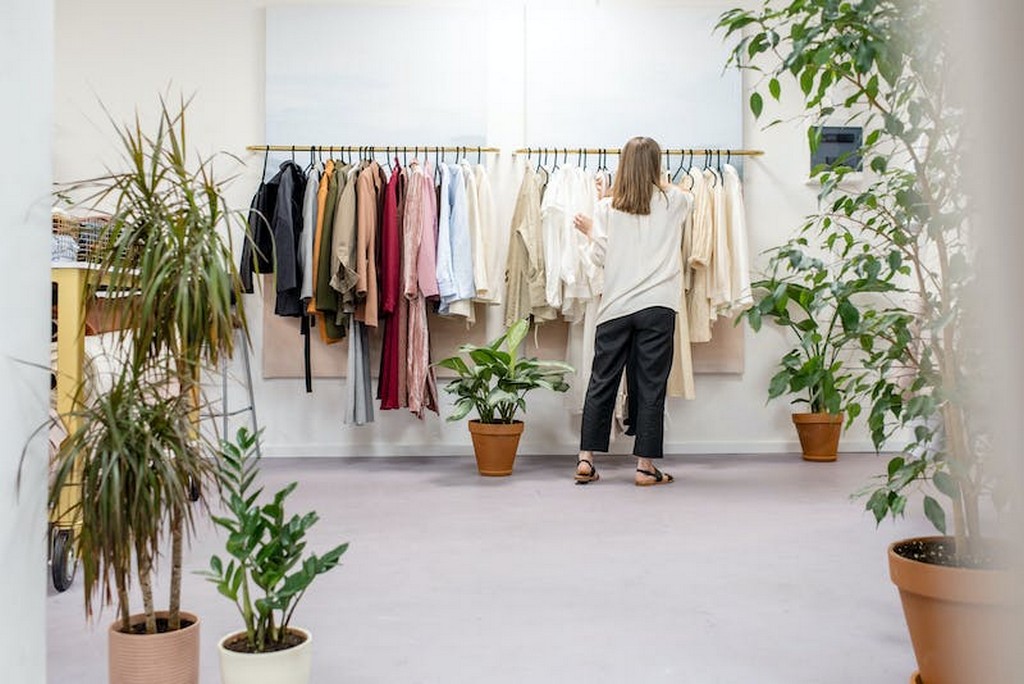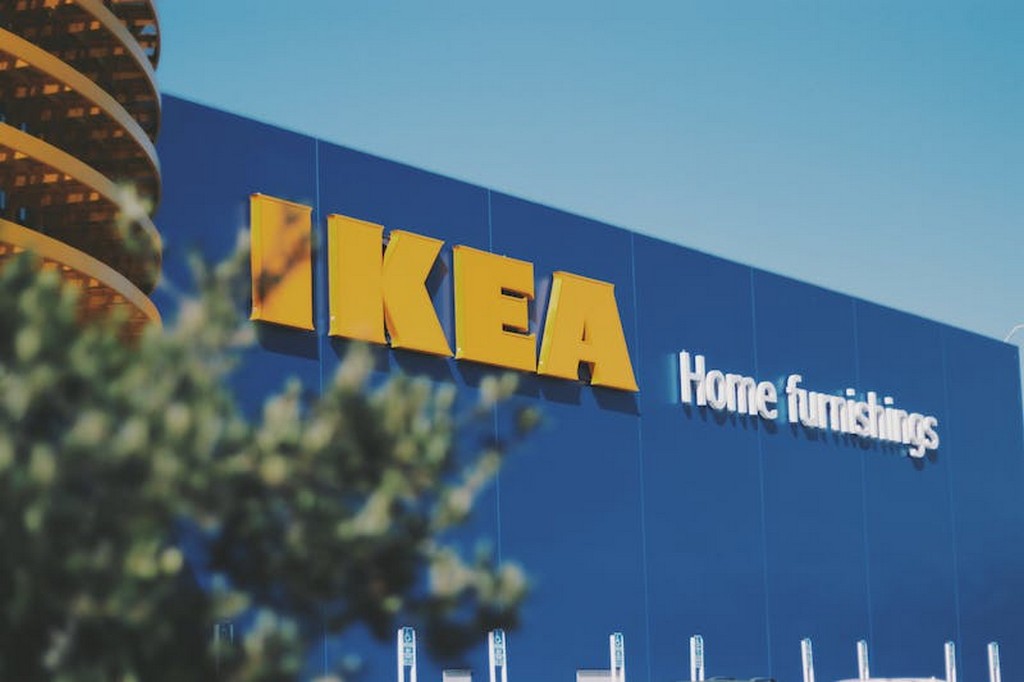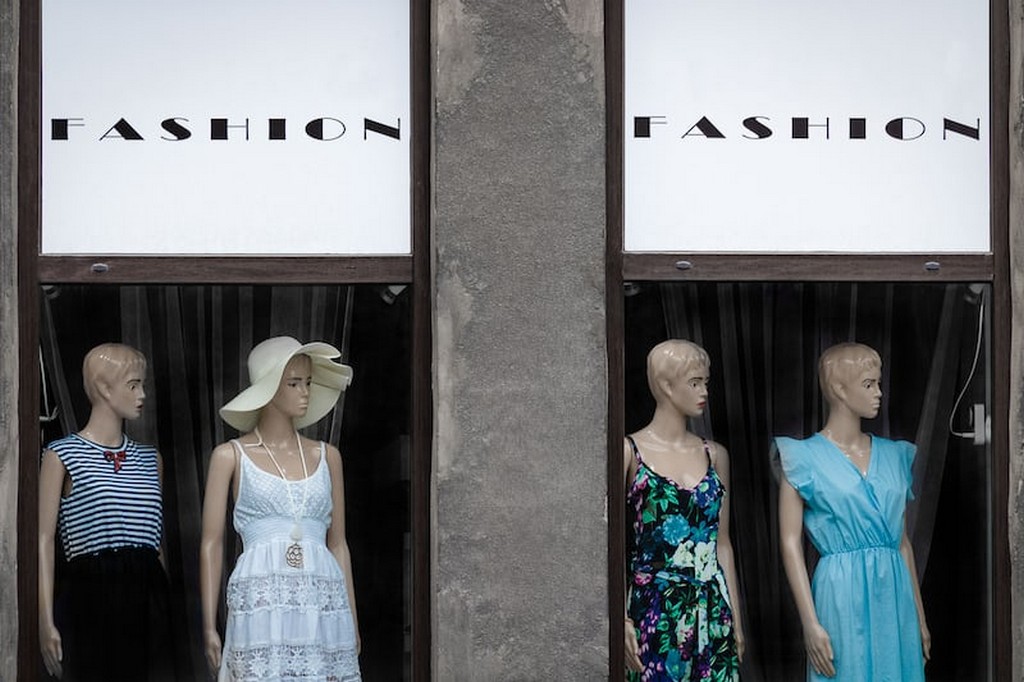Importance of visual merchandising in fashion
27/01/2024 2024-07-03 23:20Importance of visual merchandising in fashion
When entering a store, one is greeted by visual merchandising. Customers are attracted to products by presentation and organization, encouraging them to buy and visit the store again. It is essential for retail marketing to understand the Importance of visual merchandising in fashion since it is a well-defined approach that tries to affect customers’ decisions inside a business.
Nevertheless, what precisely is visual merchandising, why is it significant, and how does it operate? This is a manual that explains everything.
Visual Merchandising: What Is It?
Visual merchandising enhances the product and retail store displays to showcase their features and benefits better and spark customer interest. Divide this concept of visual merchandising into three sections to make it more understandable:
It’s a technique for improving the appearance of retail stores: Visual merchandising is a deliberate technique used to optimise the store’s layout and area to display the inventory best. It emphasises the benefits and features of the product: The goal of product planning, design, and the display is to showcase features and advantages.
It seeks to promote client interest: The goal of visual merchandising is to persuade customers to make purchases and frequent the store again in the future.
Retail marketing includes a crucial component called visual merchandising. It covers retail layout, greeter design, floor plans, signs, fixtures, lighting, and displays for goods on show.
It involves influencing the customer experience inside a retail setting via presentation and promotion. Because of this, retail marketers utilise a crucial instrument to shape consumer behavior and achieve their marketing objectives: sales and repeat business.
The value of visual marketing
For a company to reach its sales and marketing goals, the retail space must be well-designed and appealing. Graphic marketing benefits retailers –
Improve the customer experience: The customer experience is a big part of a business’s success, and visual merchandising is a big part of that experience. It helps organize the retail area and makes it easier for visitors to find what they’re looking for, which enhances their experience while visiting your store; furthermore, professionally planned displays aid in improving client attraction, engagement, and education.
Offer targeted products: Vendors want to sell more products that generate the highest earnings. These particular products are highlighted via visual merchandising, which increases sales of those products.
Influence decisions made by consumers: Neuromarketing strategies are also used in visual merchandising to sway consumers’ choices by appealing to their subconscious thoughts. Some examples of this are strategic product placement, the way a store looks (to set the mood), the way it smells (to get your attention), and the way it sounds (to get you interested).

Visual merchandising is the salesperson’s subtle way of getting customers to buy the goods they want. Marketers do this by putting goods people want to buy in places where they will get noticed and be tempted to buy them.
Market stores: A great store stands out in boring stores. The goal of visual merchandising is to make the store distinctive and stick in the customers’ minds. This is done by using placement, style, and visual clues to get people to stop, look, and sometimes even take pictures or naturally spread the word.
Visual merchandising’s goals
When customers enter a store, they first notice the brand and the interior design. Visual merchandising tries to make a good first impression by drawing customers’ attention first to the store and then to certain places inside the store.
In addition to increasing customer traffic, visual merchandising attempts to – enhance the client experience, Making sure that the customer experiences the store with all of their senses (hearing, sight, touch, smell, and taste)
Six different visual merchandising components help merchants give customers a special experience. These are
Customers can quickly find what they’re looking for thanks to the organized layout of store space. The greeting, entryway, center of attention, shopping path, signage, and display fittings are all included.
Shop design: This refers to the exterior appearance of the store that is visible to everyone entering it. It consists of vinyl graphics, retail fixtures, colour schemes for the paint, lighting fixtures, and display equipment.
Interior design refers to the arrangement of a store’s inside, which visitors cannot see from the outside. It includes countertop colours, showroom floor coverings, and merchandising equipment.
Product categories that are placed beside one another (by type or size), linear vs. non-linear displays, and merchandise presentation (merchandise arranged in a way that they have a path). Choosing the right kind of goods for the site and how best to utilize the space are also included.
A display lacks a focal point to which the viewer’s eyes are drawn. These can include mannequin displays, artwork, holiday-themed decorations, lighting fixtures, etc.
Empty Space: To enhance the store’s aesthetic appeal, foot traffic flow, and breathing room, there is always a certain amount of space. It serves as an additional space for product display. Display fixtures are racks, shelves, and tables set up inside a store to show off goods.
Signage: Shop signs point customers in the right direction, help them find a product, tell them about sales, and help them find their way around. It may take the shape of window decals or signage, backroom information boards, shelf edge panels, or inside store signs at entrances and exits. Marketing materials and POP displays like shop brochures, price tags, product cards, tabletop visuals, floor decals, and aisle signs are used to promote the store. Marketing materials and POP displays like shop brochures, price tags, product cards, tabletop visuals, floor decals, and aisle signs are used to promote the store.
Promotional space: This consists of popcorn machines, event backdrops, and backdrops for sampling. They may be employed to draw clients into the establishment or persuade them to try something new.
Mannequins: Mannequins are life-size models that display apparel with fully scaled, intricate figures. They can be used to exhibit accessories like jewellery, scarves, and clothing.
Store Narrative
The narrative is the tale that the storefront portrays. It might be based on the brand’s personality and history, its theme, the items it sells, or any other well-known tale that conveys an intriguing message. Every aspect of visual merchandising must be mirrored in the narrative to give customers a memorable experience. It contains:
The store’s motif evokes the feeling that marketers want buyers to associate with their goods. The theme could be exhibited through product choice, brand aspects, or interior design. To promote the “chocolate experience,” a chocolate shop might, for instance, utilise warm colours, creamy pastel tones, and gentle music. The store’s theme could be a specific season, occasion, holiday, or trend. The topic will change with the seasons to keep up with the most recent fashion trends.
Store Atmosphere: It blends visual merchandising components with retail atmosphere to communicate a specific message about a brand or product. Lighting can create a relaxing ambience, while colours and music might energise patrons. Customers will connect these emotions with the brand or product and return for additional purchases in the future.
Storytelling: The retail space can be created to tell a tale about the brand’s past, current offerings, central theme, or any other concept that fits with its commercial goals. All of the store’s visual components—including the layout, chosen products, and retailing techniques—display the narrative.
Advantages Of A Successful Visual Merchandising Plan
A successful visual merchandising plan could completely transform your company. The following are some advantages you can have from using it:
Increases customer traffic: Retail marketers draw in potential customers by placing products and displays in strategic locations. As customers enter a business, salespeople force them to walk around and get lost in a maze of merchandise displays designed to draw their attention to particular places. Ikea is a great example of a store that makes you look around to find what you want, which makes the experience fun and interesting.
Buyers are drawn to a certain area by the right placement and visual elements that go well together. Retailers ensure that customers are enticed to related or complimentary products and not just one specific product. Making customers roam about a store helps them find new items and be open to making impulse buys, whether it’s an extra item they didn’t mean to buy or one they picked up because it was on sale. More sales result from all of this.
Increases: Increases the number of repeat clients. A strong store narrative will give customers a memorable and distinctive experience, a wonderful approach to keep them returning. Consumers will link that experience to your company or product, making them more inclined to make another purchase from you in the future.
Retail shop marketing is aided by the following: Retail shop marketing, customers may tell their friends about your store if they had a good shopping experience and your visual merchandising was good. Your story will make it easier to sell to current and potential clients because it will stick in their minds. Also, the business can get free, natural exposure on Instagram and Pinterest, which is very important in the age of social media.
Examples of Visual Merchandising
You can find visual merchandising in every retail establishment. With clever product placement and visual cues, it is hoped that potential shoppers will be led to particular parts of the store. Here are a few instances of visually appealing retail spaces:
IKEA

IKEA is a great example of a store that uses visual merchandising to make shopping fun and interesting.s result from how the products are displayed, encouraging customers to explore the store, find new items, and be open to buying one or two additional items. Ikea uses colour schemes and furniture designs that express the brand’s theme or notion to tell stories through its interior design.














